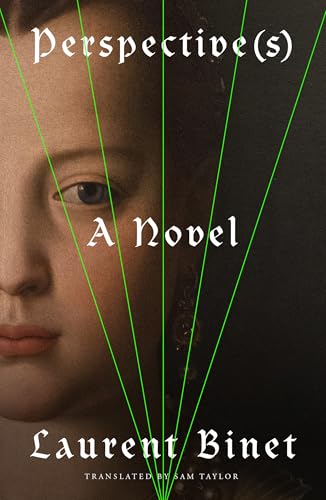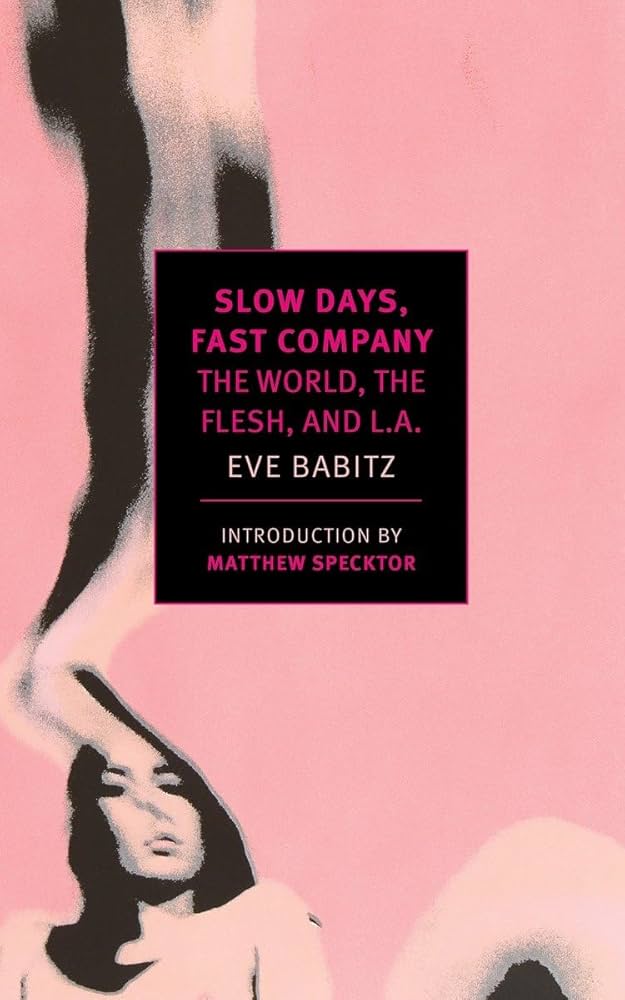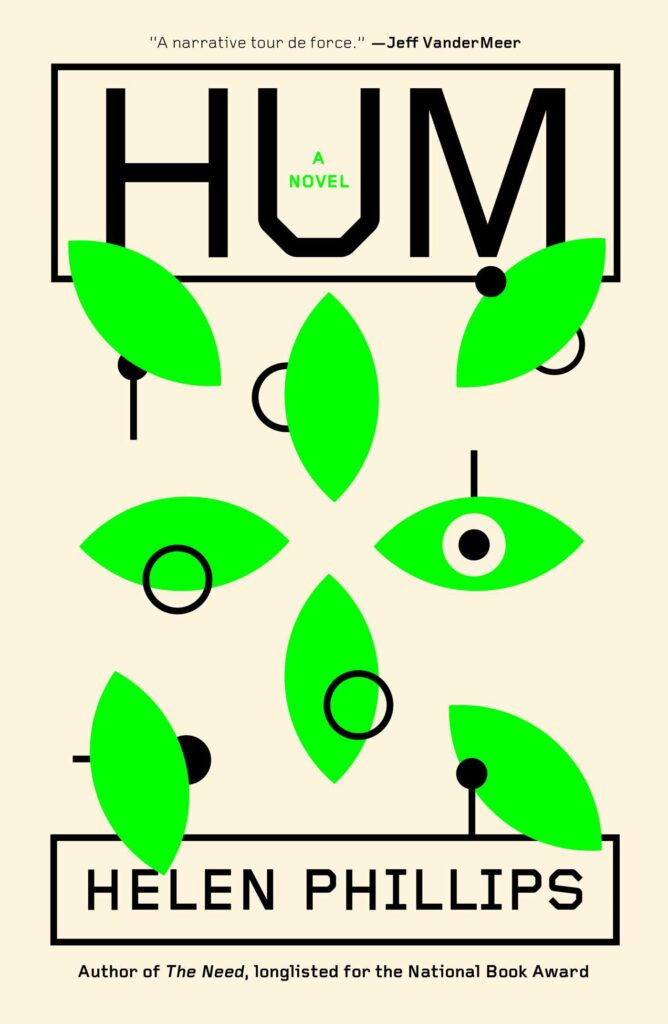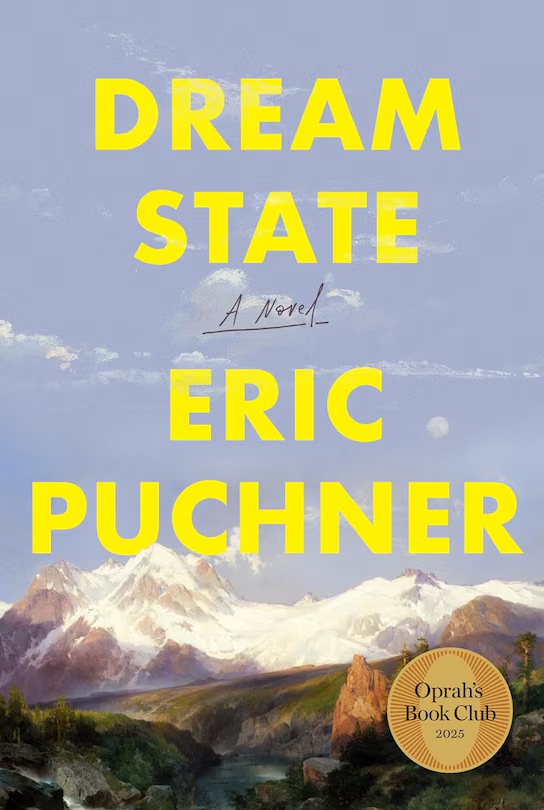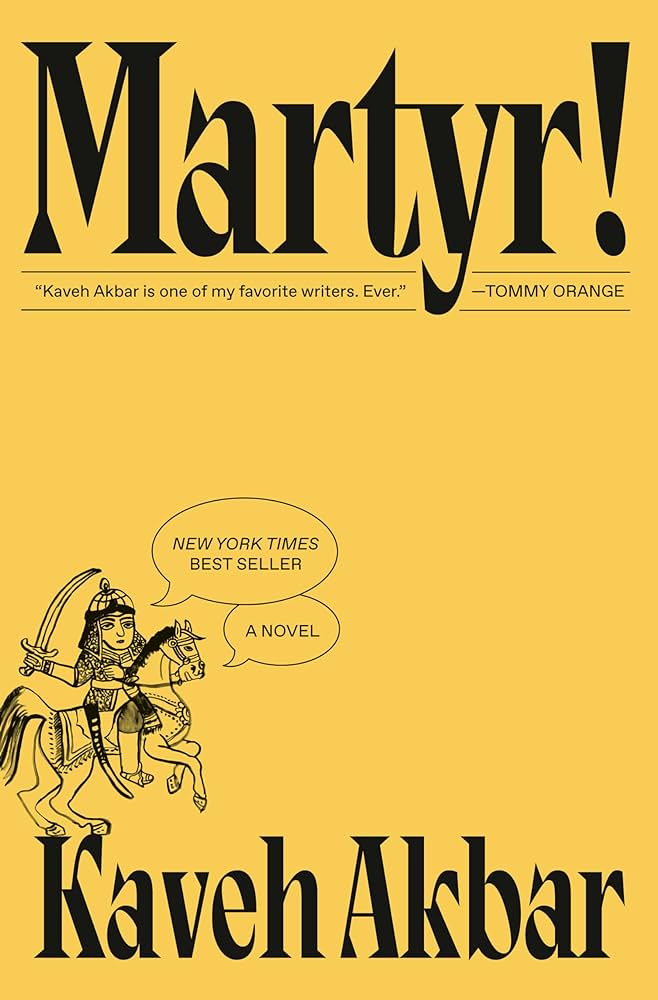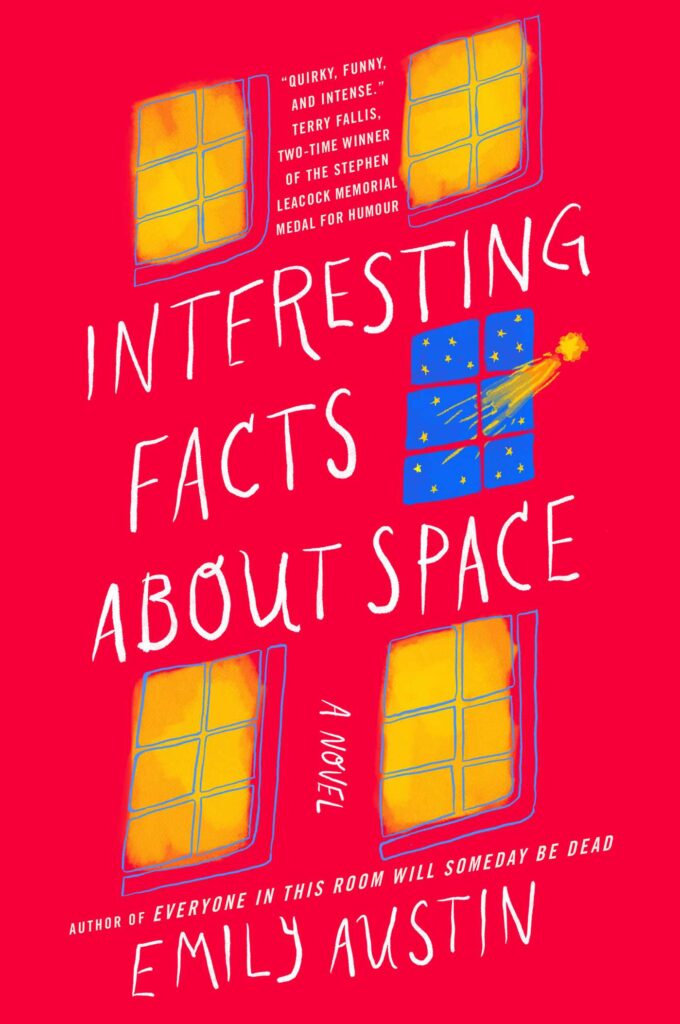My favourite bookseller told me that she was sure that Laurent Binet‘s Perspective(s) would appeal to me. It’s a book that I would never have picked up otherwise: it’s a murder mystery set in the 1550s and involves Renaissance artists and public figures from that era. It’s told through letters between characters.
It revolves around the real murder of painter Jacopo da Pontormo in 1557. Art historian Giorgio Vasari is tasked with finding the killer. Letters begin to fly between historical figures: Michelangelo, Catherine de’ Medici the Queen of France and her niece Maria de’ Medici, plus more than a dozen other historical figures, including artists, nuns and politicians.
Every review that says ‘you don’t need to know anything about the time or people to enjoy this book’? They’re all written by people who know things about the time and people. My only reference point was Michelangelo and the Sistine Chapel. I didn’t realize all the main characters — Vasari, Pontormo, the Medicis-were real historical figures, or that the central death was a real event.
So does it matter? Absolutely it does.
Fifty pages in, I was struggling to keep track of the characters, constantly referring to the list at the beginning of the book, and generally lost. By 100 pages in, I had figured out who was who, and everything clicked into place. The voices that Binet’s characters write in are distinct and engaging, the b-plot about a heist is funny, and I was sneaking time to read 10 pages here and there when I could.
It was also tiring. The epistolary format of the book necessitates a ton of clunky storytelling. There’s a whole lot of “As you know…” followed by explanatory sections that broke the spell. There’s very little sense of the politics or bigger picture, which (for someone who comes at this 100% naive) frequently made me feel like I was missing some out on references and suspense.
The climax is another case where the format lets the story down: there are two violent confrontations that both are told in past tense by people who survived them — and while the action is compelling and fun, the stakes feel extremely low. The last 50 pages of the book wrap things up in an unsatisfying way. The killer and motive is revealed, and it’s pretty anticlimactic. The denouement is choppy and drawn out, but again, someone well-versed in the people and period will likely get more of it than I would.
That’s not to say the book wasn’t a good time! But without context and insight, it comes off as a kind of Shakespeare in Love: A good story where a few names register, some more strongly than others — but hardly something to write home about1. As a 16th-century murder mystery it’s not bad — it’s a fun murder mystery told in an unconventional way. An addictive but forgettable read that hooked me but likely won’t linger.

